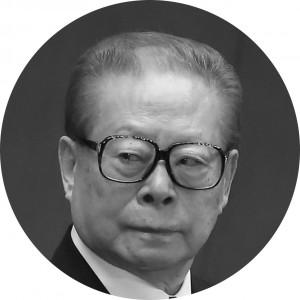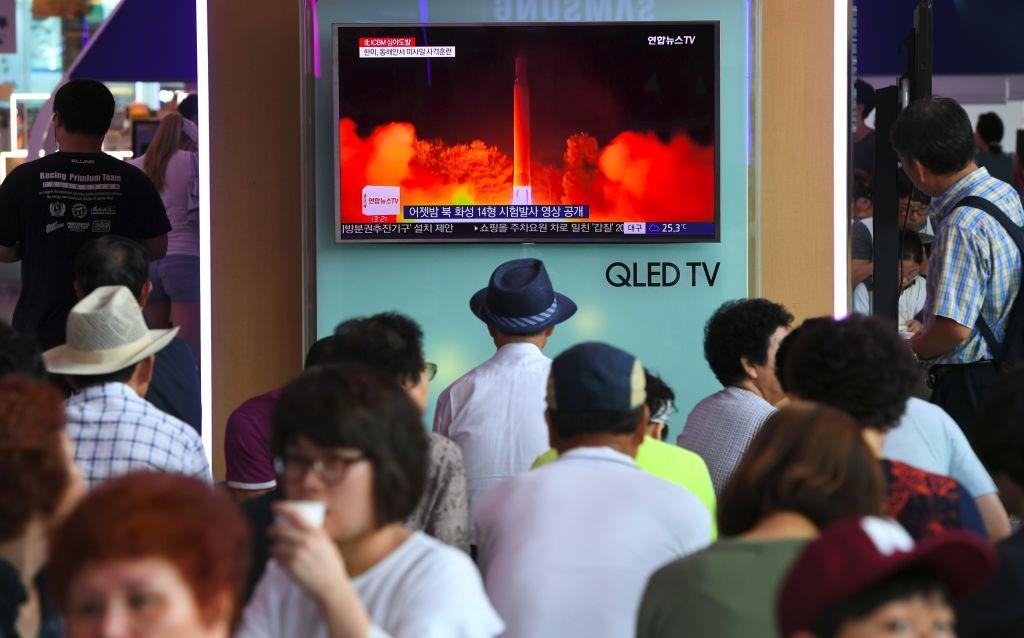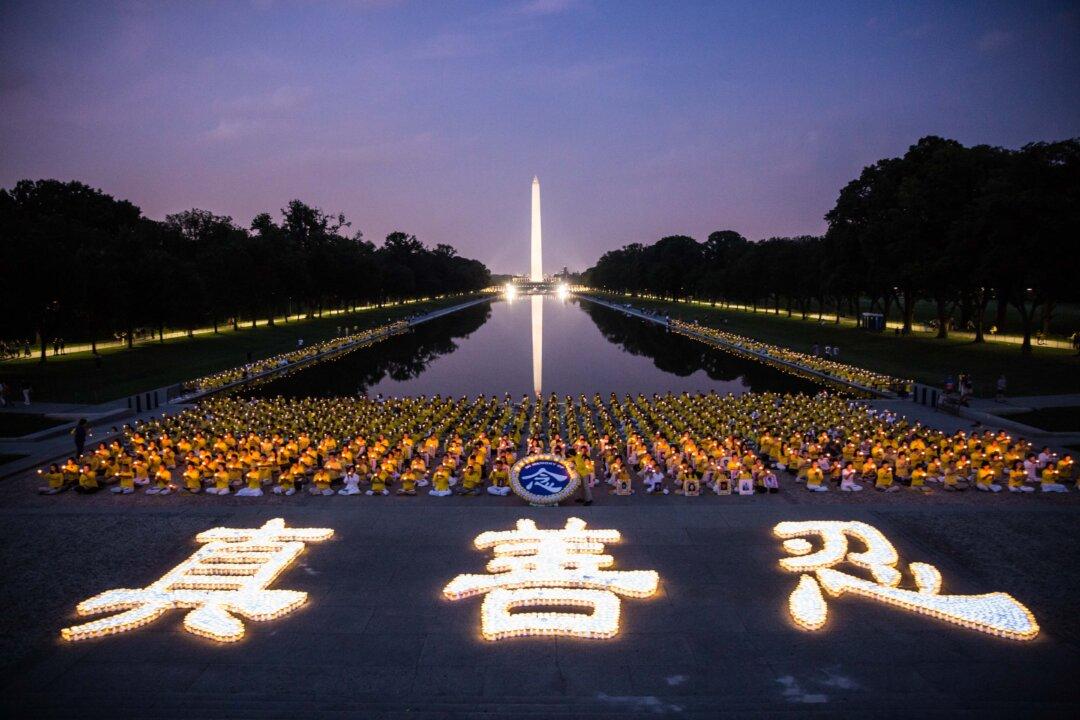News Analysis
President Donald Trump’s warning to North Korean leader Kim Jong Un, promising “fire and fury,” gained much attention around the world, but tough presidential talk has not dissuaded North Korea from building a nuclear arsenal in the past.
The Kim family previously ignored tough statements from former U.S. presidents George W. Bush and Barack Obama, and forged ahead with its testing of ballistic missiles and nuclear weapons.
North Korea’s recent nuclear history has indicated that it is developments in elite Chinese politics, not bellicose talk from U.S. presidents, that will ultimately determine whether or not Pyongyang pushes its nuclear brinksmanship to a higher level.
To better gauge the threat of nuclear escalation on the Korean Peninsula, closer attention should be paid to Chinese leader Xi Jinping’s moves against a political faction led by former Communist Party boss Jiang Zemin—which has close ties with the Kim dictatorship—in the lead-up to a key political conclave in China near the end of the year.
The Kim–Jiang Connection
Since taking office in 2012, Xi has been trying to consolidate control over the regime and eliminate Jiang’s faction, which enjoyed nearly two decades of dominance in the Chinese regime.
China during the Jiang era (1989–2012) was marked by long periods of booming economic growth, but was also characterized by corruption, kleptocracy, and the brutal persecution of Falun Gong, one of China’s largest spiritual communities, beginning in the 1990s.





